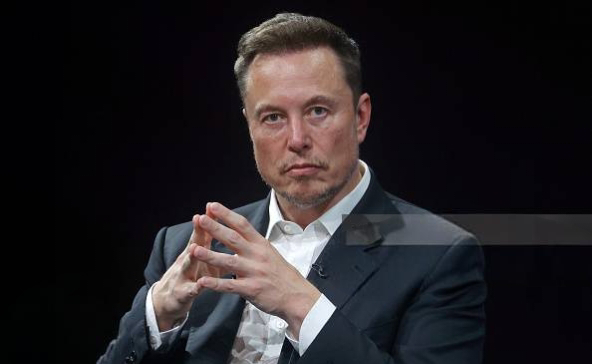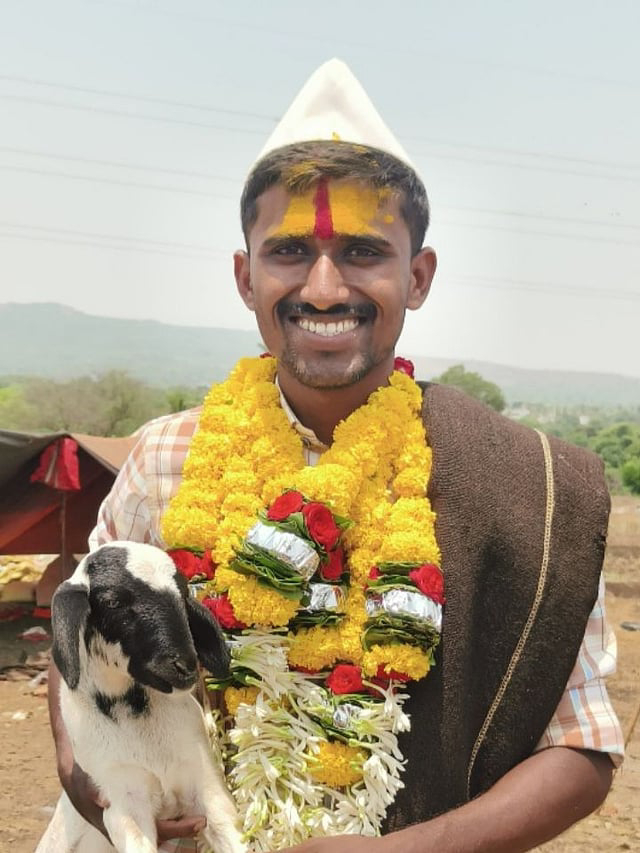chatrapati shivaji maharaj story
Certainly! Here's a detailed and well-structured article on Chhatrapati Shivaji Maharaj, covering his entire life story, achievements, legacy, and historical significance:
Chhatrapati Shivaji Maharaj: The Lion of Maharashtra
Introduction
Chhatrapati Shivaji Maharaj, the legendary warrior king and founder of the Maratha Empire, is remembered as one of the greatest and most visionary rulers in Indian history. Born during a time of political unrest, Shivaji rose from humble beginnings to challenge mighty empires and create a sovereign state based on the principles of Hindavi Swarajya (self-rule for the people of India). His life, marked by bravery, strategy, and administrative brilliance, left an indelible mark on Indian history.
Early Life and Background
Shivaji Bhosale was born on February 19, 1630, at Shivneri Fort, near the town of Junnar in present-day Maharashtra. His father, Shahaji Bhosale, was a Maratha general who served the Deccan Sultanates, and his mother, Jijabai, was a devout and strong-willed woman who played a pivotal role in shaping Shivaji's values, courage, and devotion to dharma. From his childhood, Shivaji was deeply inspired by tales from the Ramayana and Mahabharata and the vision of establishing a kingdom free from foreign rule.
Under the guidance of his mother and mentor Dadoji Konddev, Shivaji received training in swordsmanship, horse riding, military tactics, and governance. These formative years instilled in him a deep sense of purpose and a burning desire to create an independent kingdom rooted in justice and cultural pride.
The Rise of a Leader
By his teenage years, Shivaji began asserting control over local forts and territories in the Pune region. His first major victory came in 1645, when he captured the Torna Fort, followed by several others like Purandar, Kondhana, and Rajgad. These early conquests alarmed the Adil Shahi Sultanate of Bijapur, which ruled much of the Deccan.
In 1659, the Bijapur Sultanate sent the formidable general Afzal Khan to eliminate Shivaji. In a dramatic and strategic encounter at the foot of Pratapgad Fort, Shivaji used concealed weapons — the tiger claws (wagh nakh) — to kill Afzal Khan during a deceptive peace meeting. This victory earned Shivaji legendary status and solidified his position as a powerful regional leader.
Conflict with the Mughals
Shivaji's growing power also brought him into conflict with the Mughal Empire, then ruled by Emperor Aurangzeb. In 1664, Shivaji boldly attacked and plundered the rich Mughal port city of Surat, shocking the empire and proving the tactical strength of his forces.
In 1666, Shivaji was invited to the Mughal court in Agra but was insulted and placed under house arrest. In a masterful escape plan, Shivaji and his son Sambhaji pretended to be ill and escaped from captivity by hiding in large fruit baskets. This daring escape further elevated his legend across India.
Coronation and Rule
On June 6, 1674, Shivaji was formally crowned as Chhatrapati (Emperor) at Raigad Fort. The coronation marked the official beginning of the Maratha Empire. As king, Shivaji established a centralized and efficient administration with the Ashta Pradhan Mandal (Council of Eight Ministers), covering finance, foreign affairs, internal security, and justice.
He promoted the use of Marathi and Sanskrit in administration instead of Persian, which was the language of the Mughal court. Shivaji implemented fair tax systems, maintained religious tolerance, and strictly opposed the dishonoring of women — even during war.
Military and Naval Strength
Shivaji built a strong and disciplined army known for its guerrilla warfare tactics, called Ganimi Kava, which were especially effective in mountainous terrain. He also recognized the importance of naval strength and established a powerful navy, building sea forts like Sindhudurg,Certainly! Here's a detailed and well-structured article on Chhatrapati Shivaji Maharaj, covering his entire life story, achievements, legacy, and historical significance:
---
Chhatrapati Shivaji Maharaj: The Lion of Maharashtra
Introduction
Chhatrapati Shivaji Maharaj, the legendary warrior king and founder of the Maratha Empire, is remembered as one of the greatest and most visionary rulers in Indian history. Born during a time of political unrest, Shivaji rose from humble beginnings to challenge mighty empires and create a sovereign state based on the principles of Hindavi Swarajya (self-rule for the people of India). His life, marked by bravery, strategy, and administrative brilliance, left an indelible mark on Indian history.
---
Early Life and Background
Shivaji Bhosale was born on February 19, 1630, at Shivneri Fort, near the town of Junnar in present-day Maharashtra. His father, Shahaji Bhosale, was a Maratha general who served the Deccan Sultanates, and his mother, Jijabai, was a devout and strong-willed woman who played a pivotal role in shaping Shivaji's values, courage, and devotion to dharma. From his childhood, Shivaji was deeply inspired by tales from the Ramayana and Mahabharata and the vision of establishing a kingdom free from foreign rule.
Under the guidance of his mother and mentor Dadoji Konddev, Shivaji received training in swordsmanship, horse riding, military tactics, and governance. These formative years instilled in him a deep sense of purpose and a burning desire to create an independent kingdom rooted in justice and cultural pride.
---
The Rise of a Leader
By his teenage years, Shivaji began asserting control over local forts and territories in the Pune region. His first major victory came in 1645, when he captured the Torna Fort, followed by several others like Purandar, Kondhana, and Rajgad. These early conquests alarmed the Adil Shahi Sultanate of Bijapur, which ruled much of the Deccan.
In 1659, the Bijapur Sultanate sent the formidable general Afzal Khan to eliminate Shivaji. In a dramatic and strategic encounter at the foot of Pratapgad Fort, Shivaji used concealed weapons — the tiger claws (wagh nakh) — to kill Afzal Khan during a deceptive peace meeting. This victory earned Shivaji legendary status and solidified his position as a powerful regional leader.
---
Conflict with the Mughals
Shivaji's growing power also brought him into conflict with the Mughal Empire, then ruled by Emperor Aurangzeb. In 1664, Shivaji boldly attacked and plundered the rich Mughal port city of Surat, shocking the empire and proving the tactical strength of his forces.
In 1666, Shivaji was invited to the Mughal court in Agra but was insulted and placed under house arrest. In a masterful escape plan, Shivaji and his son Sambhaji pretended to be ill and escaped from captivity by hiding in large fruit baskets. This daring escape further elevated his legend across India.
---
Coronation and Rule
On June 6, 1674, Shivaji was formally crowned as Chhatrapati (Emperor) at Raigad Fort. The coronation marked the official beginning of the Maratha Empire. As king, Shivaji established a centralized and efficient administration with the Ashta Pradhan Mandal (Council of Eight Ministers), covering finance, foreign affairs, internal security, and justice.
He promoted the use of Marathi and Sanskrit in administration instead of Persian, which was the language of the Mughal court. Shivaji implemented fair tax systems, maintained religious tolerance, and strictly opposed the dishonoring of women — even during war.
Military and Naval Strength
Shivaji built a strong and disciplined army known for its guerrilla warfare tactics, called Ganimi Kava, which were especially effective in mountainous terrain. He also recognized the importance of naval strength and established a
powerful navy, building sea forts like Sindhudurg,



Comments
Post a Comment